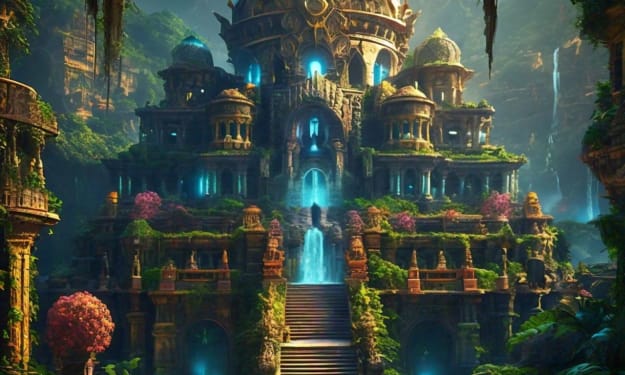
A Friend Like You. A friend like you is like no other friend. A friend like you is a friend I don't regret meeting. A friend like you is like a friend I cant scream at or fight with. A friend like you is like having no worries in my life. A friend like you is a friend that I don't want to lose. A friend like you is like being in comfort all day. A friend like you is a friend I always wanted. A friend like you is awesomely, awesome. A friend like you is random and funny. A friend like you is a friend that I love to death and I will never let go. A friend like you is a friend I can tell all my secrets to. A friend like you... A friend like you is like the little sister I've always wanted. A friend that I can go to to tell them whats wrong. A friend like you is like having no dark days because you brighten them up. A friend like you is a friend that opens up my eyes and helps me avoid bad things. A friend like you is a type of friend that laughs at dumb things I say or do. A friend like you is a friend I am proud to call my best friend...
Even after that disastrous party, though, it would take me years to stop subscribing to best-friendship. Having one has often felt like a necessity. Pop culture is full of inseparable pairs: Cher and Dionne of Clueless in their matching plaid, SpongeBob and Patrick jellyfishing in tandem, Daria and Jane from MTV’s animated Daria hating everyone but each other. And who doesn’t find that kind of bond—just the two of you against the world—alluring? Who doesn’t want to be the best of something, the most important in another person’s eyes?
But the truth is that many people don’t have a single favorite friend. In one survey, Americans named an average of three closest companions, and that number was even higher in other countries. Studies show that people with networks of friends can turn to different people in order to get different perspectives, or just because one person might be busy. And yet, the trope of best-friendship persists. It encourages us to quantify and compare relationships that are each uniquely meaningful and challenging. Even in adulthood, it hurts people’s feelings.
So why are we so taken with dynamic duos? Perhaps it’s because they mirror a long-held romantic ideal in American culture: monogamous partnership, in which love is considered more real for its lack of competition. But many people’s ideas about romantic relationships are changing. Can our friendship paradigms change with them?
For much of history, women—especially those in the middle class, who were expected to be homemakers—didn’t tend to have a large number of social connections. “In order to have friends, you need independence. You need to be able to leave the family and the home. You need to be a legally and socially independent person. And women weren’t,” Caine said. Friendship was considered a largely male phenomenon. But after the Industrial Revolution, urbanization led more men and women to start going to college, working in new industries, joining social clubs—essentially, living a life outside the home and family. The average person’s social circle expanded.
A woman works at her home office on a pedestal with three places.
Winners and Losers of the Work-From-Home Revolution
DEREK THOMPSON
photo of yellow frisbee with 2 heart-shaped ground-beef patties as eyes and arc of dog collar as smile
Why So Many Millennials Are Obsessed With Dogs
An illustration of a man holding a smartphone with worms flying out of it and attacking him
Facebook Has a Superuser-Supremacy ProblemIt stands to reason that as larger social groups became more common, people began to elevate one “best” connection. And in the mid-to-late 1900s, feminist movements championed female friendships, leading many women to assign particular importance to them. Best friend caught on in child psychology, fiction, music, and commercials; by 1971, it was a common enough phrase to appear in the title How to Be Your Own Best Friend, a hit guide to self-reliance, and by the ’90s, it was ubiquitous in books for kids. And much of the language around it seemed to mimic that of monogamy—the model for love, deeply rooted in heteronormative institutions, that many people knew most intimately. “Nobody closer,” went the jingle for a 1970s McDonald’s ad about a friend duo. “You’re two of a kind.” Best-friendship was defined by its exclusivity.
Today, the term is still widely used. But most of us don’t naturally fall into friend pairs. Seeking them out, then, can lead to hurt—if we choose one friend over another, if the best-friend designation isn’t reciprocated, or if we don’t have a closest friend but feel that we should. For those who do have one, prioritizing them could mean turning away from other, potentially fruitful friendships. And relying on one person for all of your emotional needs creates a lot of pressure: No one is available to be a great friend 100 percent of the time."WITH LOVE:ENBHA"
About the Creator
Enbha
NATURE LOVE
CRAZE ON BIKES AND CARS
LOVE ON PETS
TRYING TO FIND MEANING IN LIFE






Comments
There are no comments for this story
Be the first to respond and start the conversation.